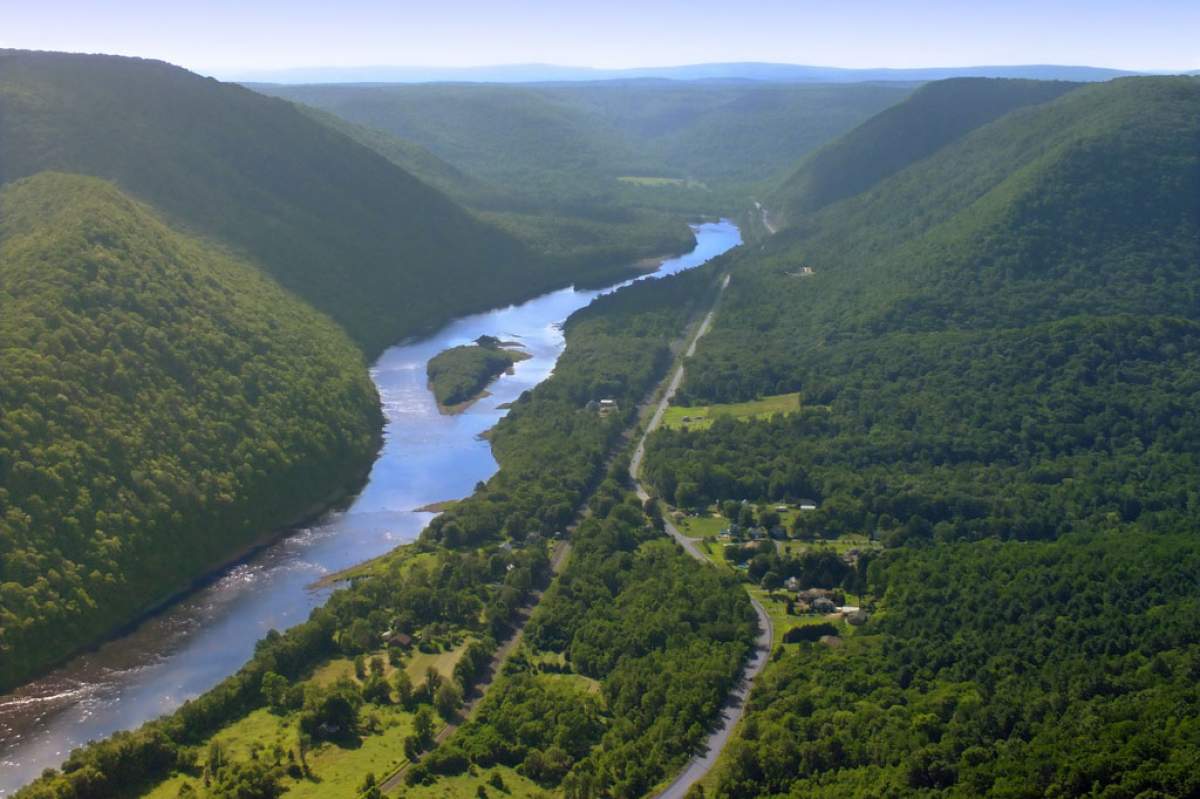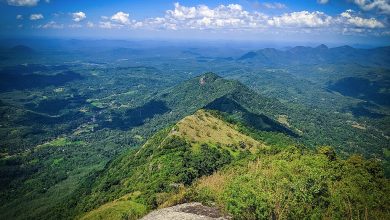Meander River

The Meander River is a prominent perennial river that is located in Tasmania, Australia’s northern central region. It drains into the South Esk River close to Hadspen. The river holds a profound cultural significance that transcends time and space. For generations, this meandering waterway has served as more than just a source of sustenance and natural beauty—it has been a cornerstone of cultural identity, a symbol of spiritual connection, and a repository of ancestral knowledge. In this in-depth exploration, we delve into the multifaceted layers of cultural importance that adorn the banks of the Meander River, unraveling its rich tapestry of heritage and tradition.
Indigenous Custodianship:
At the heart of the Meander River’s cultural significance lies the enduring legacy of Indigenous custodianship. For millennia, the river and its surrounding landscapes have been inhabited by Indigenous Tasmanian peoples, who have nurtured a deep spiritual connection to the land and its waters. The Palawa and Punnilerpanner clans, among others, viewed the Meander River as a sacred lifeline—a source of sustenance, ceremony, and cultural identity.
Indigenous societies along the Meander River were organized around kinship systems and spiritual beliefs that honored the interconnectedness of all living beings. Traditional practices such as hunting, fishing, and gathering were imbued with spiritual meaning, reflecting a deep reverence for the natural world and its rhythms. The river itself was revered as a living entity, a giver of life and wisdom that sustained both body and soul.
European Settlement and Adaptation:
With the arrival of European settlers in the early 19th century, the cultural landscape of the Meander River underwent profound transformation. European colonization brought new customs, technologies, and ideologies that challenged and reshaped Indigenous ways of life. Despite the upheaval caused by colonization, Indigenous communities along the Meander demonstrated remarkable resilience and adaptability, finding ways to maintain their cultural heritage amidst changing circumstances.
European settlers were drawn to the fertile lands of the Meander Valley, where they established agricultural settlements, pastoral stations, and townships along the riverbanks. The Meander became a hub of economic activity, supporting industries such as farming, logging, and mining that fueled Tasmania’s growing economy. Despite the economic benefits brought by European settlement, Indigenous peoples continued to face marginalization and displacement from their traditional lands.
Cultural Heritage and Identity:
Today, the Meander River remains a focal point for cultural heritage and identity in Tasmania, serving as a living repository of Indigenous knowledge and tradition. Efforts to preserve and promote Indigenous cultural heritage along the Meander River are ongoing, with initiatives focused on language revitalization, land management, and community engagement. Indigenous elders and cultural leaders play a vital role in passing down traditional knowledge and stories to younger generations, ensuring that the cultural heritage of the Meander endures for future generations.
In addition to its Indigenous heritage, the Meander River is also celebrated for its contributions to Tasmania’s broader cultural identity. The river has inspired artists, writers, and musicians throughout history, who have captured its beauty and significance in works of art, literature, and music. Festivals, events, and cultural celebrations held along the Meander provide opportunities for communities to come together and celebrate their shared heritage, fostering a sense of belonging and connection to the land.
Environmental Conservation and Stewardship:
Beyond its cultural significance, the Meander River holds immense ecological importance as a biodiverse ecosystem that supports a rich array of plant and animal species. Conservation efforts aimed at protecting the river and its surrounding landscapes are integral to preserving its cultural heritage for future generations. Indigenous land management practices, such as cultural burning and habitat restoration, play a vital role in maintaining the health and resilience of the river ecosystem.
Collaborative conservation initiatives involving Indigenous communities, government agencies, and conservation organizations are key to ensuring the long-term sustainability of the Meander and its cultural heritage. By integrating Indigenous knowledge and perspectives into conservation planning and management, we can honor the cultural significance of the river while safeguarding its ecological integrity for generations to come.
Conclusion:
In conclusion, the Meander River stands as a testament to the enduring power of culture, heritage, and tradition in shaping the landscapes and identities of Tasmania. From its origins as a sacred lifeline for Indigenous peoples to its role as a symbol of cultural resilience and adaptation, the river embodies the interconnectedness of past, present, and future. By recognizing and honoring the cultural significance of the Meander, we can forge a deeper appreciation for the land and its custodians, and work together to ensure that its heritage continues to thrive for generations to come.
Know More about the Meander River.
What are The Religious Places of the Meander River?
When Did The Meander River Basin Become a Focus?
Where is The Meander River Located?
Who Were The Key Historical Figures and Civilizations of The Meander River?
How to Reach Meander River?




